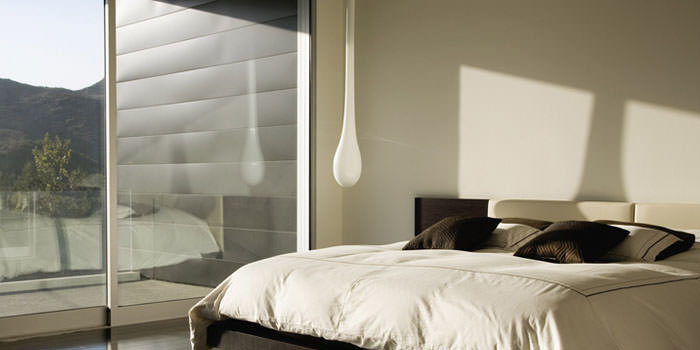
The Importance of Lighting in Interior Design:
Lighting plays a pivotal role in interior design, capable of transforming a space from ordinary to extraordinary by enhancing its atmosphere, functionality, and overall appeal. Understanding the different types of lighting and their strategic placement is essential for achieving desired effects in any room.
**Ambient lighting** serves as the primary source of illumination in a space, providing overall brightness and setting the mood. It can be achieved through ceiling-mounted fixtures, chandeliers, or recessed lighting, creating a welcoming and comfortable environment.
**Task lighting** is crucial for specific activities such as reading, cooking, or working. Desk lamps, under-cabinet lights in kitchens, and adjustable floor lamps are examples that provide focused illumination where needed, enhancing productivity and reducing eye strain.
**Accent lighting** adds drama and highlights architectural features, artwork, or focal points within a room. This type of lighting can include track lighting, wall sconces, or picture lights, creating visual interest and depth while drawing attention to key elements of the interior design.
Strategic placement of lighting fixtures is key to maximizing their impact. Layering different types of lighting within a space allows for flexibility in adjusting the ambiance according to different activities and times of day. Dimmer switches are also valuable tools, offering control over brightness levels to create varying moods from intimate and cozy to bright and vibrant.
Ultimately, effective lighting design harmonizes functionality with aesthetics, enriching the overall experience of a room. By carefully selecting and positioning lighting fixtures, interior designers can create spaces that are not only visually appealing but also optimized for comfort and usability, enhancing the quality of life for occupants.
Lighting plays a crucial role in interior design, influencing ambiance and functionality. Understanding different types of lighting—ambient, task, and accent—and their placement is key to creating well-lit spaces. Here are some essential tips for utilizing lighting effectively:
**Ambient Lighting:** Provides overall illumination, setting the general mood of a room.
**Task Lighting:** Directs light to specific areas for activities like reading or cooking.
**Accent Lighting:** Highlights focal points or architectural features, adding depth and drama.
Strategic placement and layering of these lighting types enhance flexibility and ambiance. Consider using dimmer switches for adjustable brightness levels. Tags: #InteriorDesign #LightingDesign #AmbientLighting #TaskLighting #AccentLighting #HomeDecor

0 comments